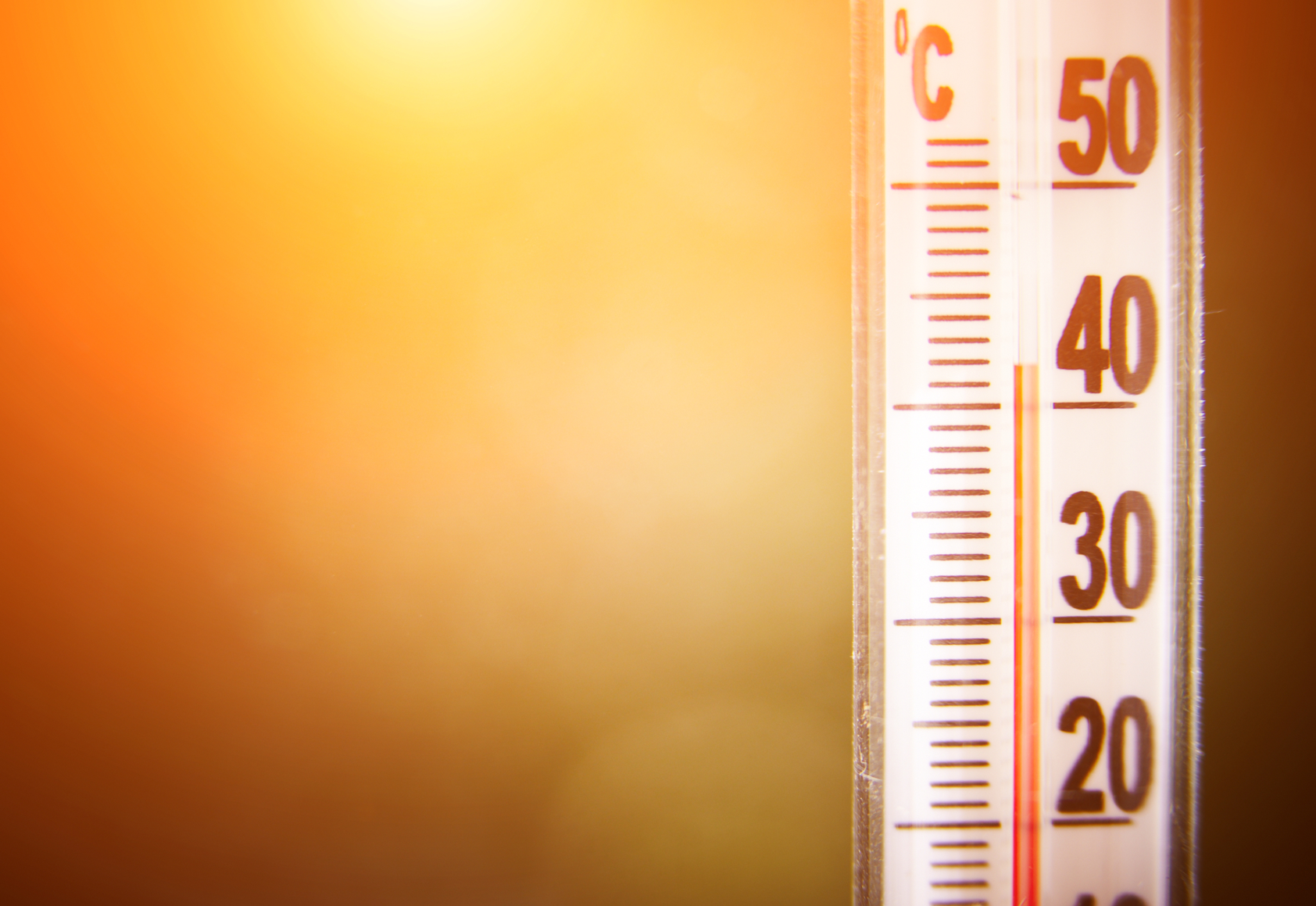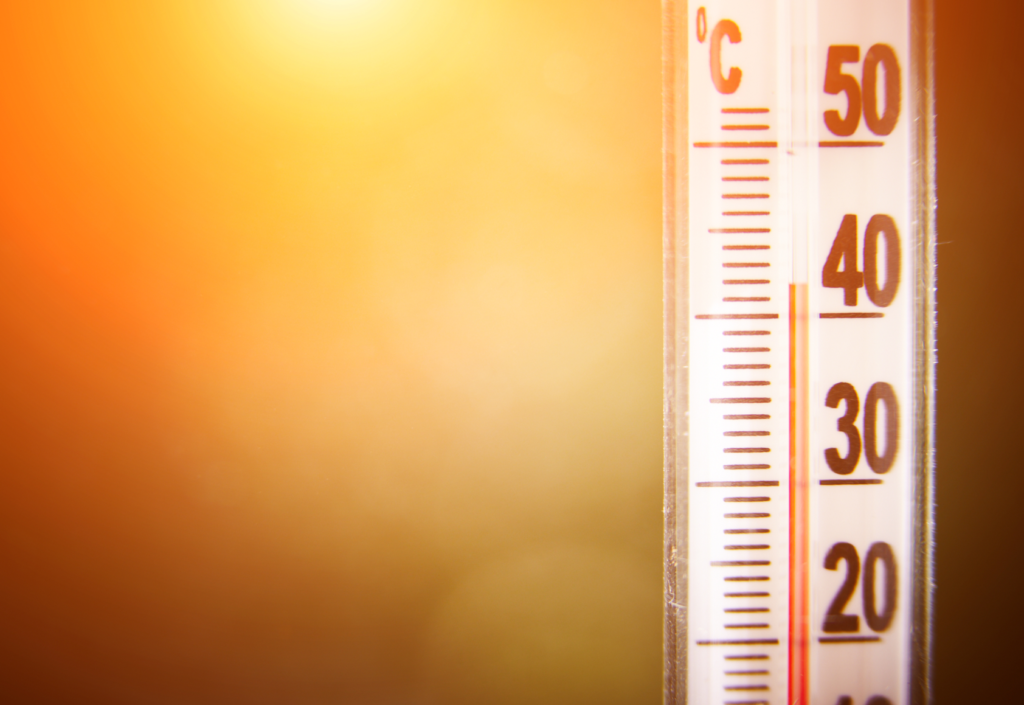
Image: Adobe Stock
The El Niño weather pattern is expected to develop later this year and could contribute to rising global temperatures, the World Meteorological Organization said on Wednesday.
The WMO said that after three years of the La Niña weather pattern in the Pacific Ocean, which usually slightly reduces global temperatures, there was a 60% chance it would switch to El Niño, its warmer counterpart, in May-July this year.
{module Form RD}
This probability will increase to between 70% and 80% between July and September, according to WMO.
Speaking to reporters in Geneva, Wilfran Moufouma Okia, head of the WMO's regional climate forecast services division, said there was no current estimate of how much El Niño would increase temperatures.
“El Niño will increase temperatures globally,” he said. “We feel the effect of El Niño temperatures globally with a slight delay.”
The WMO said it could not predict the strength or duration of El Niño.
The world's hottest year on record so far was 2016, coinciding with a strong El Niño — although climate change has fueled extreme temperatures even in years without the phenomenon.
During El Niño, the winds blowing westward along the equator decrease and warm water is pushed eastward, creating warmer ocean surface temperatures.
Source: Gabrielle Tétrault-Farber | Notícias Agrícolas













